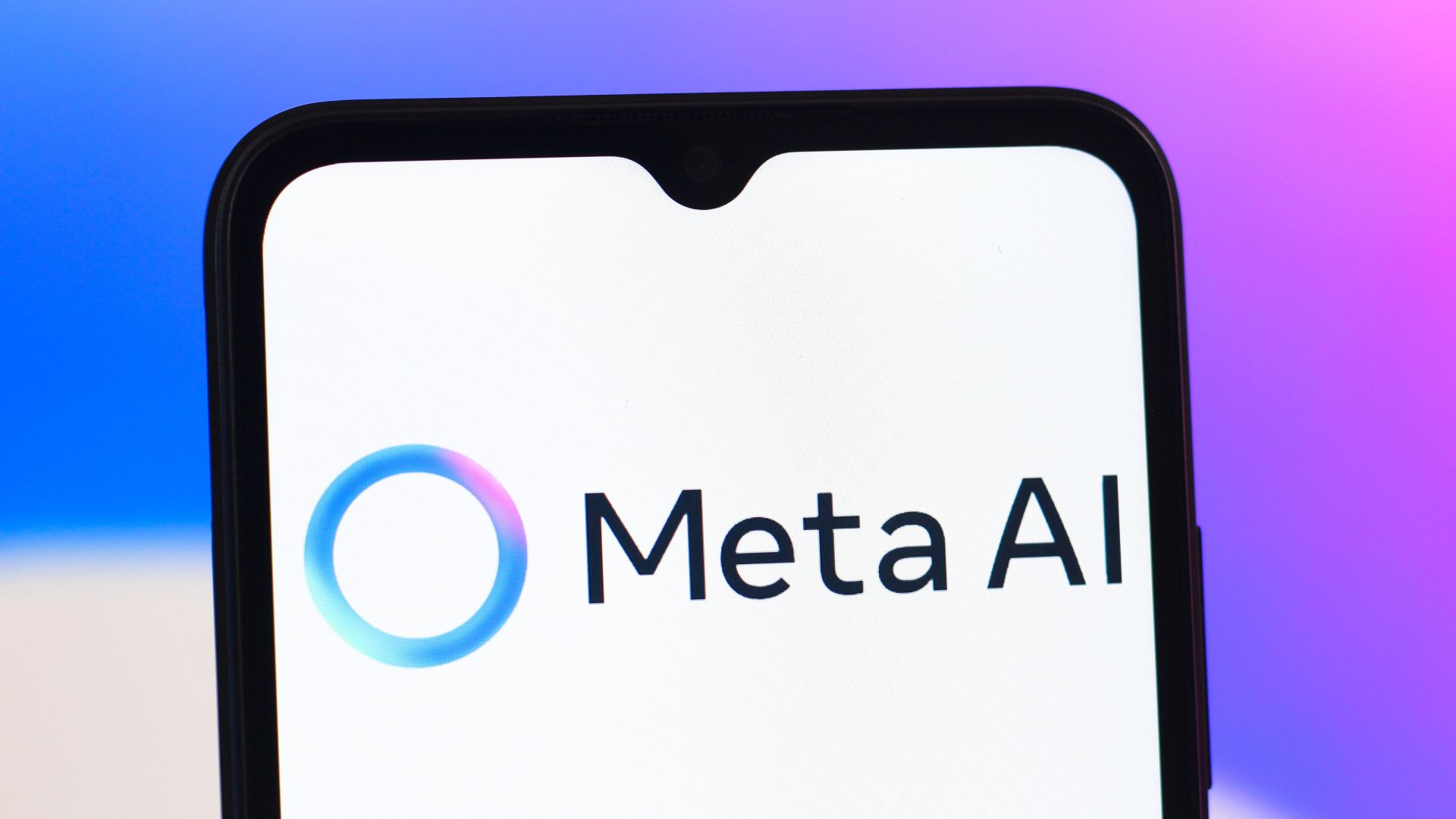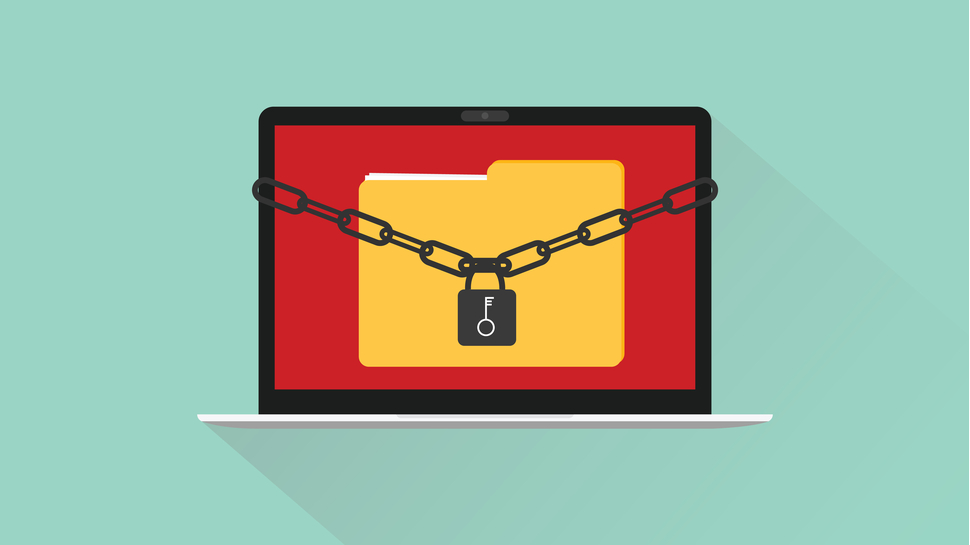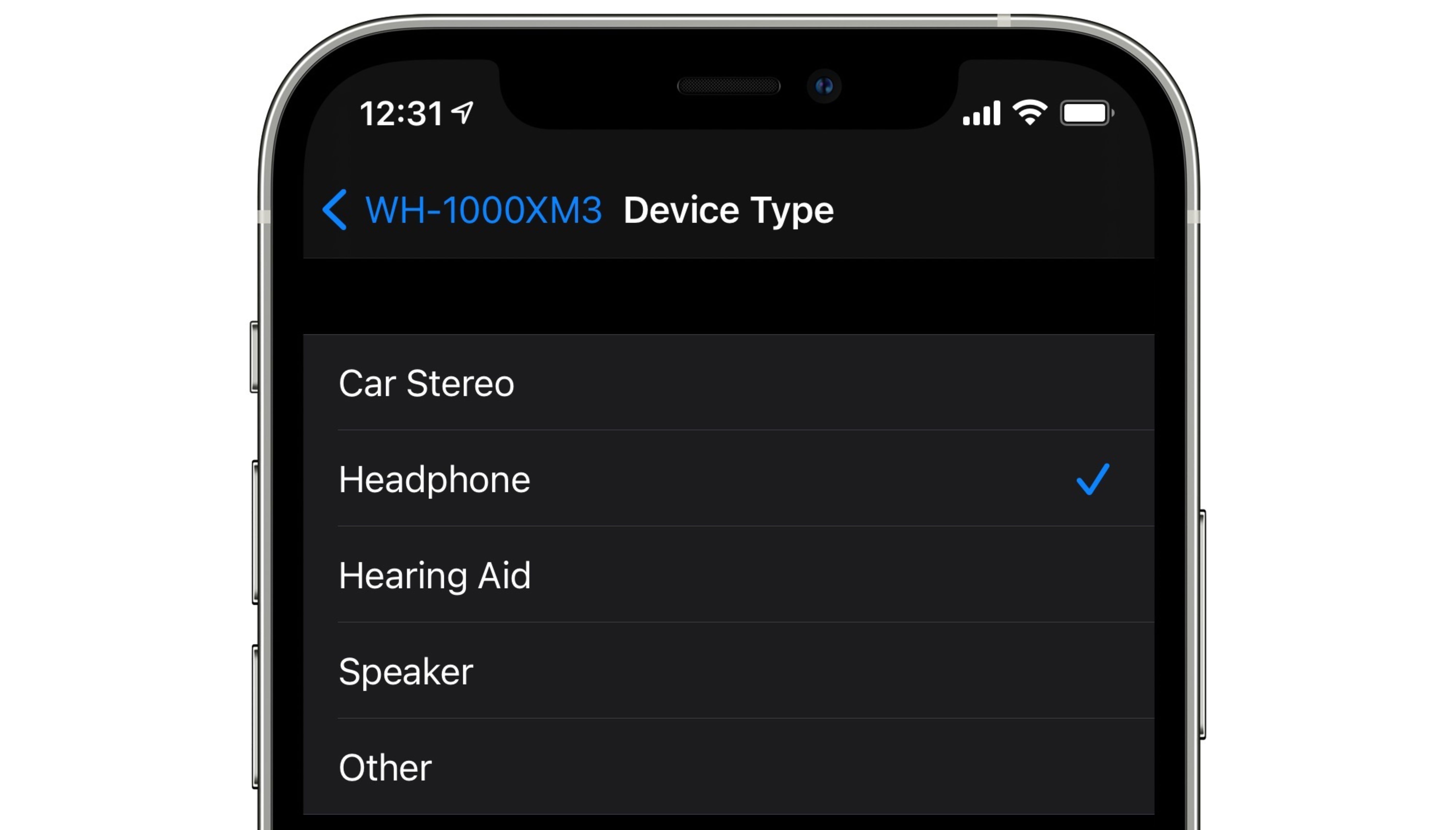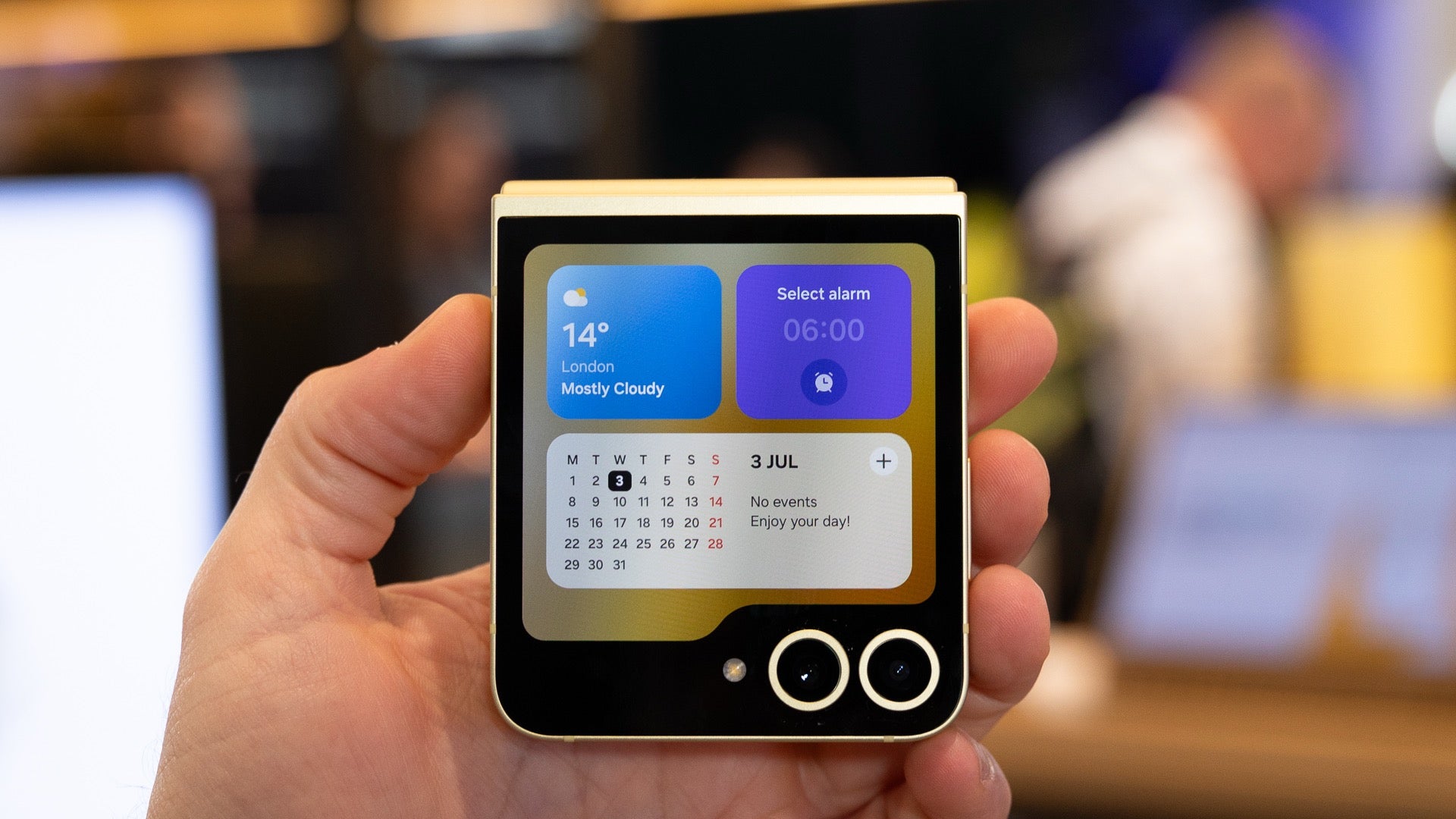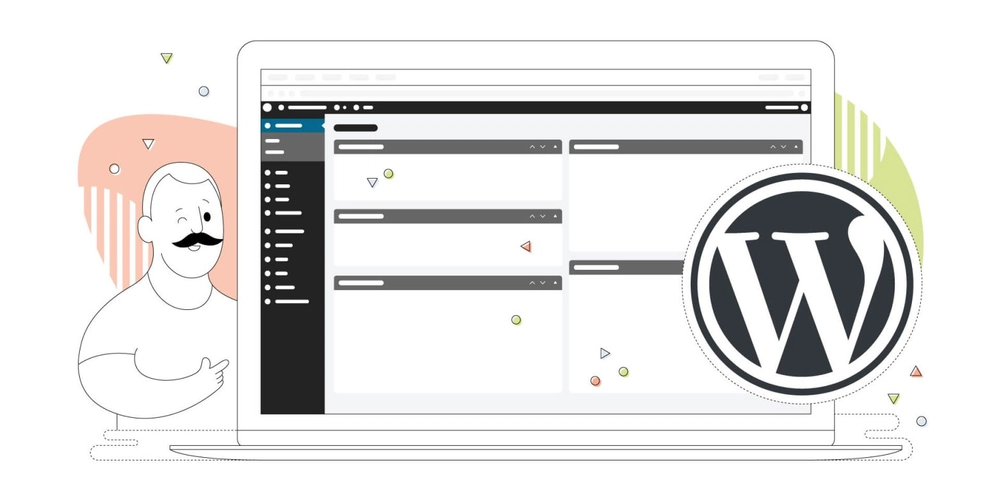Crushing the Command Line: Automating Email Reading with Python & Amazon Q Developer
Terminal Email Reader: A Python Automation Project Introduction As a student balancing classes, freelance work, and personal tasks, I wanted a way to check my Gmail quickly—without leaving the terminal. So I built a Python script that fetches unread emails and displays them right in the command line, showing the sender, subject, and body. Thanks to Amazon Q Developer CLI, I streamlined the development process by asking coding questions directly in my terminal. This is my submission for the "Crushing the Command Line" prompt of the Amazon Q Developer "Quack The Code" Challenge. What My Project Does This script: Logs into Gmail using IMAP with credentials stored securely in a .env file Fetches and decodes unread emails Prints cleanly formatted output (sender, subject, and body) in the terminal Uses .gitignore to exclude sensitive files (like .env) How I Used Amazon Q Developer Amazon Q Developer CLI acted like a coding assistant: Security Setup: Asked how to manage .env files safely in Python projects. IMAP Debugging: Helped troubleshoot email-fetching logic and MIME decoding. Code Simplification: Suggested improvements to reduce complexity and improve readability. Without Q Developer, I’d have spent hours Googling—instead, I got answers right in my terminal. What I Learned How to use IMAP to access Gmail programmatically Securing credentials with python-dotenv and .gitignore Decoding MIME email formats (especially tricky with Gmail’s encoding) How powerful Amazon Q Developer is for real-time debugging and learning How to Run the Script Clone the repo: git clone https://github.com/hann2004/email-automation.git cd email-automation Set up your .env file: EMAIL=your-email@gmail.com PASSWORD=your-app-password # Generate this in Gmail settings Note: Never commit .env to version control. Install dependencies: pip install -r requirements.txt Run it: python email_automation.py Note: Enable IMAP in Gmail settings and create an App Password if you use 2FA. GitHub Repository https://github.com/hann2004/email-automation Final Thoughts This project taught me how powerful command-line automation can be—and how tools like Amazon Q Developer make coding faster and more intuitive. Next, I’d love to add features like email filtering or mark-as-read functionality. Thanks for reading! Feedback is welcome.

Terminal Email Reader: A Python Automation Project
Introduction
As a student balancing classes, freelance work, and personal tasks, I wanted a way to check my Gmail quickly—without leaving the terminal. So I built a Python script that fetches unread emails and displays them right in the command line, showing the sender, subject, and body.
Thanks to Amazon Q Developer CLI, I streamlined the development process by asking coding questions directly in my terminal. This is my submission for the "Crushing the Command Line" prompt of the Amazon Q Developer "Quack The Code" Challenge.
What My Project Does
This script:
- Logs into Gmail using IMAP with credentials stored securely in a
.envfile - Fetches and decodes unread emails
- Prints cleanly formatted output (sender, subject, and body) in the terminal
- Uses
.gitignoreto exclude sensitive files (like.env)
How I Used Amazon Q Developer
Amazon Q Developer CLI acted like a coding assistant:
-
Security Setup: Asked how to manage
.envfiles safely in Python projects. - IMAP Debugging: Helped troubleshoot email-fetching logic and MIME decoding.
- Code Simplification: Suggested improvements to reduce complexity and improve readability.
Without Q Developer, I’d have spent hours Googling—instead, I got answers right in my terminal.
What I Learned
- How to use IMAP to access Gmail programmatically
- Securing credentials with
python-dotenvand.gitignore - Decoding MIME email formats (especially tricky with Gmail’s encoding)
- How powerful Amazon Q Developer is for real-time debugging and learning
How to Run the Script
- Clone the repo:
git clone https://github.com/hann2004/email-automation.git
cd email-automation
-
Set up your
.envfile:
EMAIL=your-email@gmail.com
PASSWORD=your-app-password # Generate this in Gmail settings
Note: Never commit .env to version control.
- Install dependencies:
pip install -r requirements.txt
- Run it:
python email_automation.py
Note: Enable IMAP in Gmail settings and create an App Password if you use 2FA.
GitHub Repository
https://github.com/hann2004/email-automation
Final Thoughts
This project taught me how powerful command-line automation can be—and how tools like Amazon Q Developer make coding faster and more intuitive. Next, I’d love to add features like email filtering or mark-as-read functionality.
Thanks for reading! Feedback is welcome.































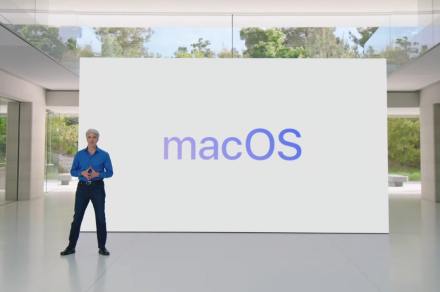







































































































































![[The AI Show Episode 145]: OpenAI Releases o3 and o4-mini, AI Is Causing “Quiet Layoffs,” Executive Order on Youth AI Education & GPT-4o’s Controversial Update](https://www.marketingaiinstitute.com/hubfs/ep%20145%20cover.png)


























































































































![Ditching a Microsoft Job to Enter Startup Purgatory with Lonewolf Engineer Sam Crombie [Podcast #171]](https://cdn.hashnode.com/res/hashnode/image/upload/v1746753508177/0cd57f66-fdb0-4972-b285-1443a7db39fc.png?#)














































.jpeg?#)
.jpg?#)






















































































_designer491_Alamy.jpg?width=1280&auto=webp&quality=80&disable=upscale#)

























































































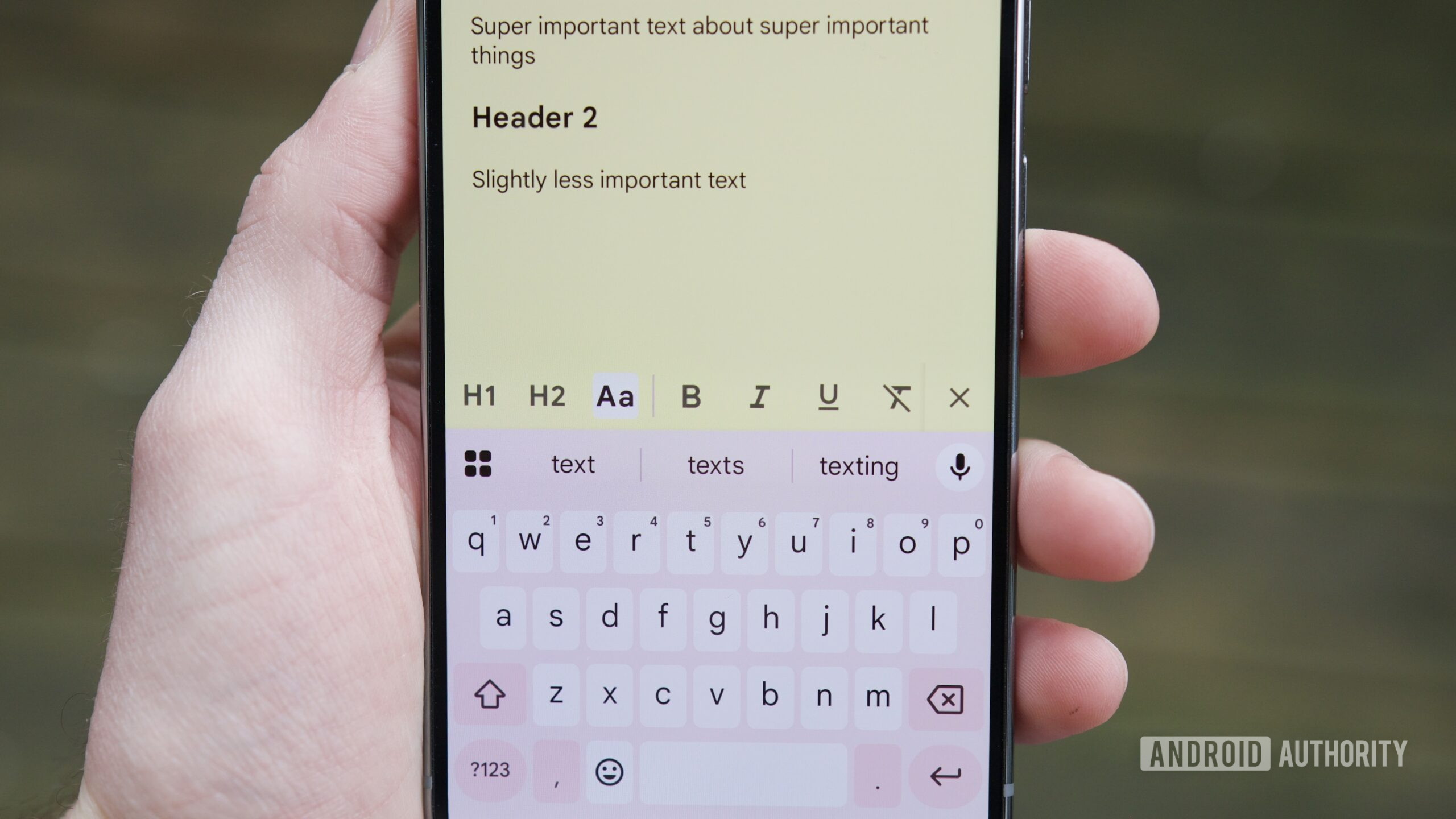



















![Apple Shares New 'Mac to School' Ads: Pointed, Mirrored, Dropped In [Video]](https://www.iclarified.com/images/news/97295/97295/97295-640.jpg)
![Apple Drops New Trailer for 'F1' Starring Brad Pitt [Video]](https://www.iclarified.com/images/news/97296/97296/97296-640.jpg)
![Apple iPhone Exports From India Surge 116% [Report]](https://www.iclarified.com/images/news/97292/97292/97292-640.jpg)
![Apple Shares 'Last Scene' Short Film Shot on iPhone 16 Pro [Video]](https://www.iclarified.com/images/news/97289/97289/97289-640.jpg)
















